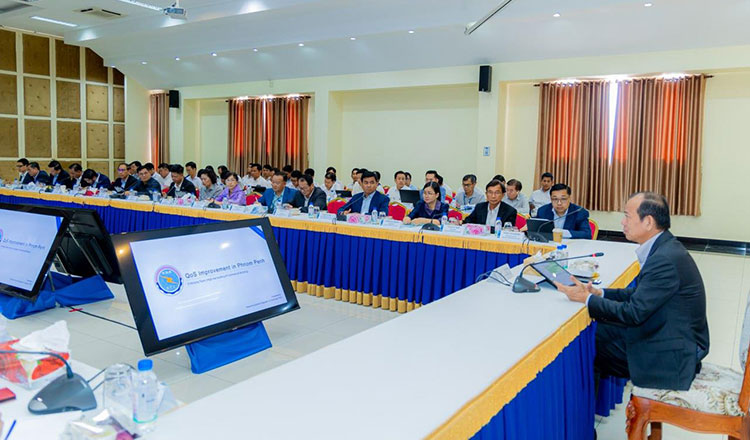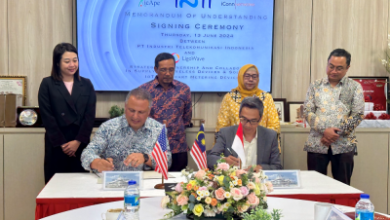Chea Vandeth instructs working group to continue to improve the quality of telecommunication services in Phnom Penh

The Minister of Posts and Telecommunications, Chea Vandeth, instructed the Telecommunications Working Group to continue to improve the quality of telecommunications services in Phnom Penh, as 74 common antenna towers were built in the Borey.
During a meeting to review the progress of the work of the nine groups to improve the quality of telecommunications services in Phnom Penh on May 7, Vandeth stated the purpose of promoting the public interest and doing business honestly and socially responsible by increasing the efficiency of telecommunication services and improving the quality of mobile services as well as internet services by the Ministry has established a working group to improve the quality of telecommunication services in Phnom Penh, with nine executive teams in 14 cities and districts.
As of May 7, the working group to improve the quality of telecommunication services in Borey has built 74 “common antenna towers”, each “common antenna tower” can be equipped with antenna stations from three companies.
157 antenna stations have been commissioned, including 37 Cellcard stations, 58 Metfone stations and 62 Smart stations, as planned by the operator.
In addition, the 14 districts have built 298 “common antenna towers” with 320 antenna stations, including 25 Cellcard stations, 103 Metfone stations, and 192 Smart stations. The operator will continue to install more antenna stations as planned.
On that occasion, the Minister recommended to the working group to continue to improve the quality of service in Phnom Penh by terminating the contract to give exclusive rights to any operator to provide Internet services and requesting the cooperation of Borey owners and high-rise building locations to improve service quality.
At the same time, the working group in charge of each area in Phnom Penh must continue to facilitate regional interviews to study and understand the situation and the challenges surrounding the use of telephone and internet services as an input to prepare a timely solution.




